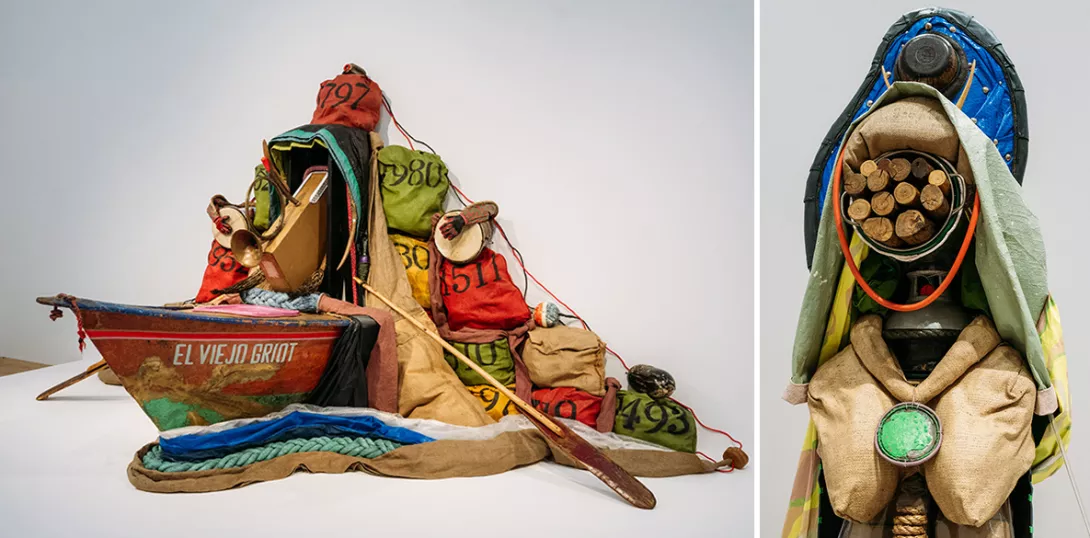ANDY HEDGECOCK relishes two exhibitions that blur the boundaries between art and community engagement
Wales’s fabulist birthright
ANDY HEDGECOCK recommends a collection of folk tales, each of which is dazzling flash of human experience, natural or supernatural
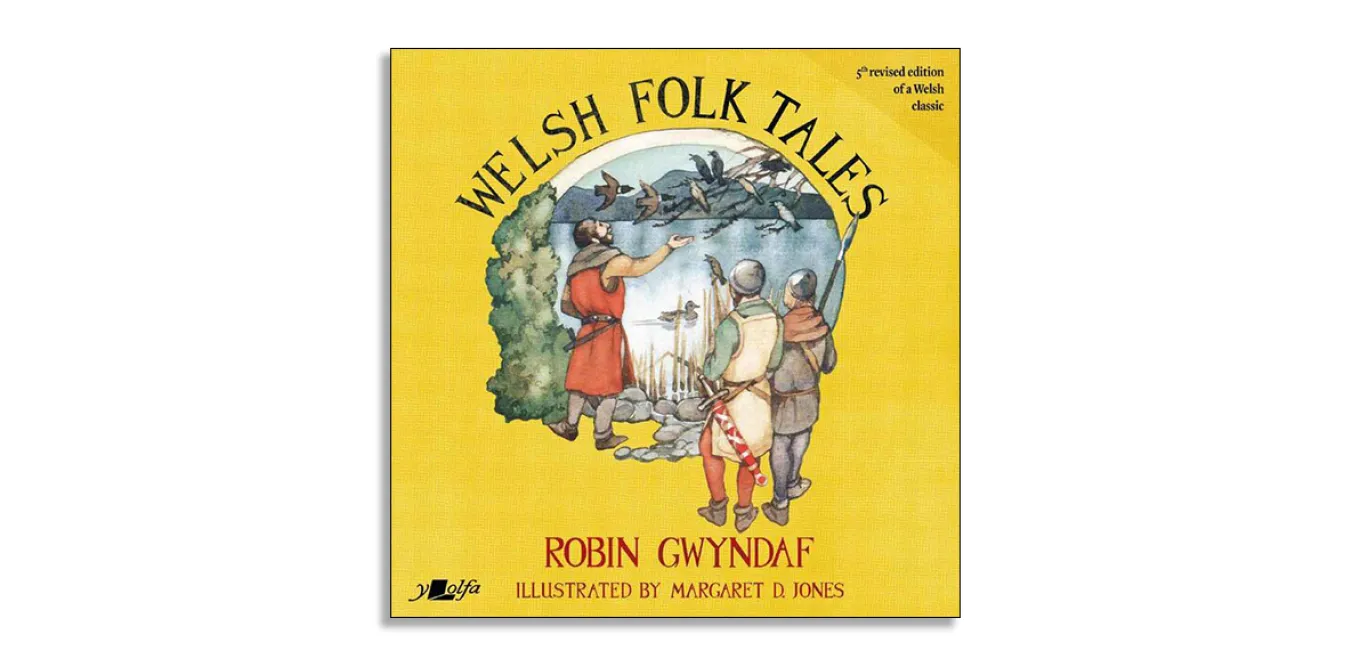
Welsh Folk Tales
Robin Gwyndaf, with illustrations by Magaret D Jones, Y Lolfa,
£9.99
THE folk tale is a “Marmite” genre — scorned by some as a frivolous, child-centred form with fading appeal, but admired by others for its accessibility and influence.
Novelist Lindsay Clarke, sees these stories as “an indispensable part of our birthright, freely available to everyone,” while writer and academic Alison Lurie focuses on their transformative power, saying: “We would do well to listen seriously to what they tell us about the real world we live in.”
This new edition of Robin Gwyndaf’s anthology confirms the assertions of Clarke and Lurie and celebrates the exuberance and variety of the Welsh folk tale tradition. It’s a gazetteer of 63 stories, representing every region of Wales and selecting just one piece from any district.
More from this author
The phrase “cruel to be kind” comes from Hamlet, but Shakespeare’s Prince didn’t go in for kidnap, explosive punches, and cigarette deprivation. Tam is different.
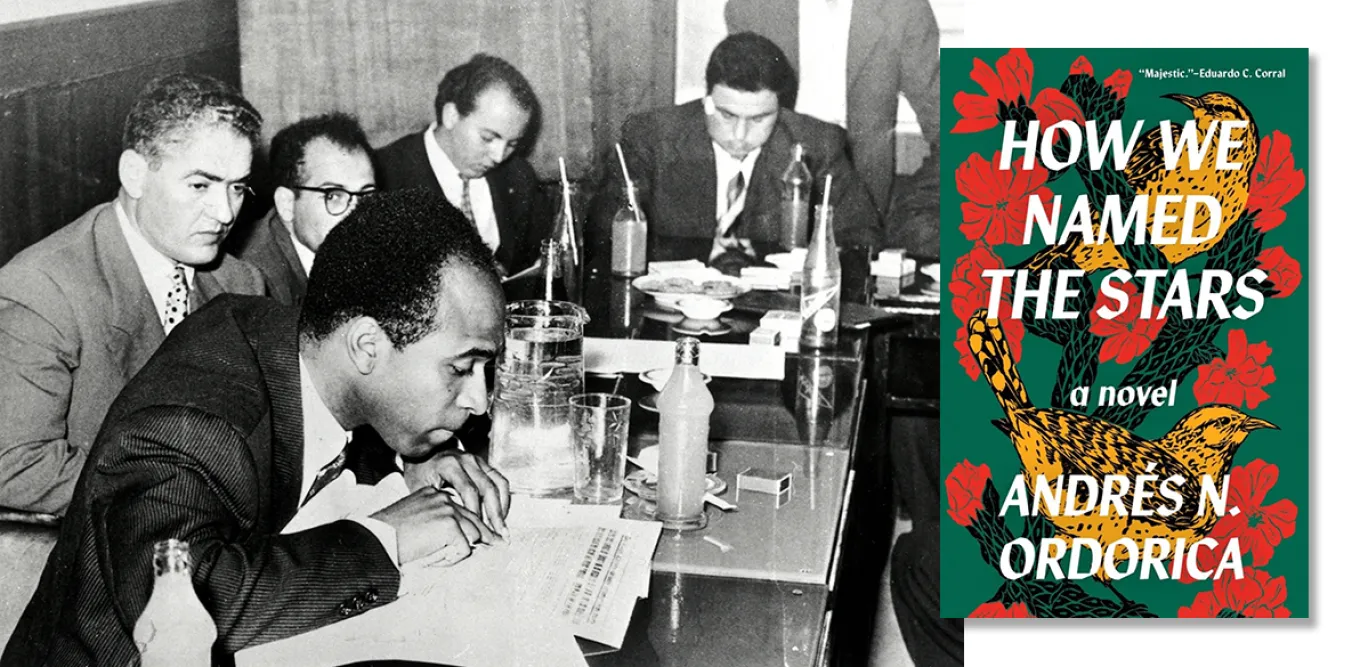
ANGUS REID deconstructs a popular contemporary novel aimed at a ‘queer’ young adult readership
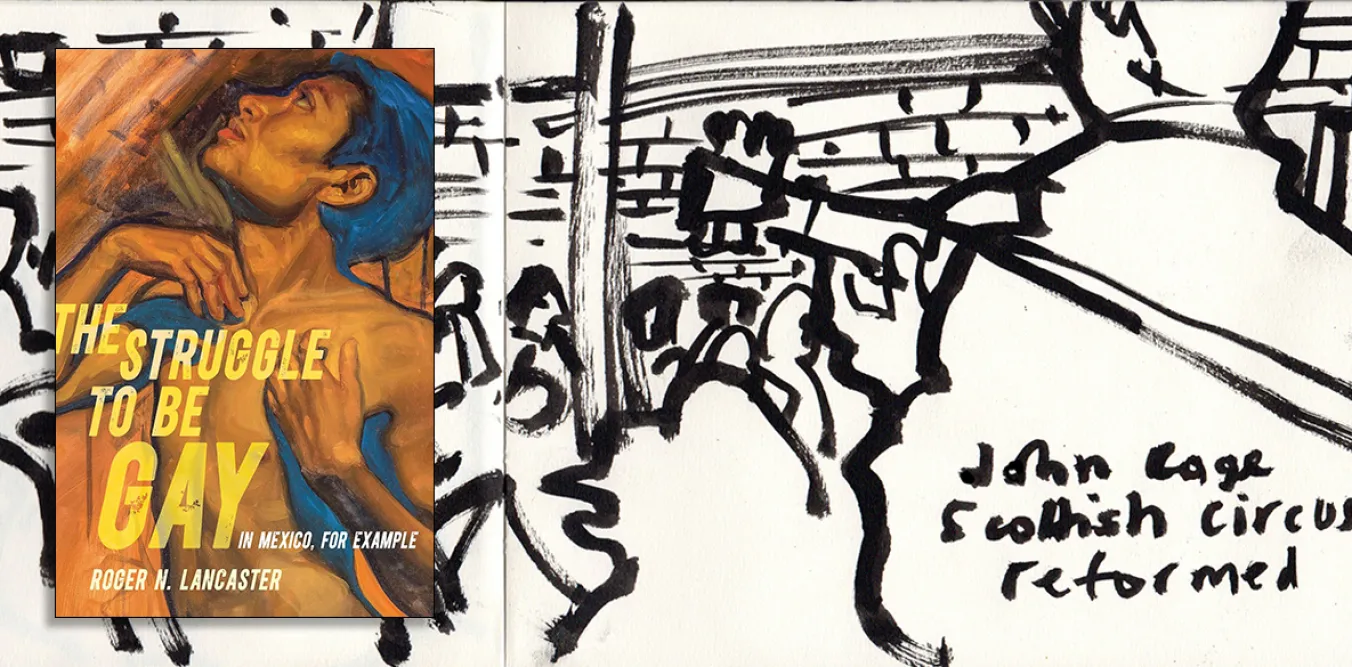
A landmark work of gay ethnography, an avant-garde fusion of folk and modernity, and a chance comment in a great interview
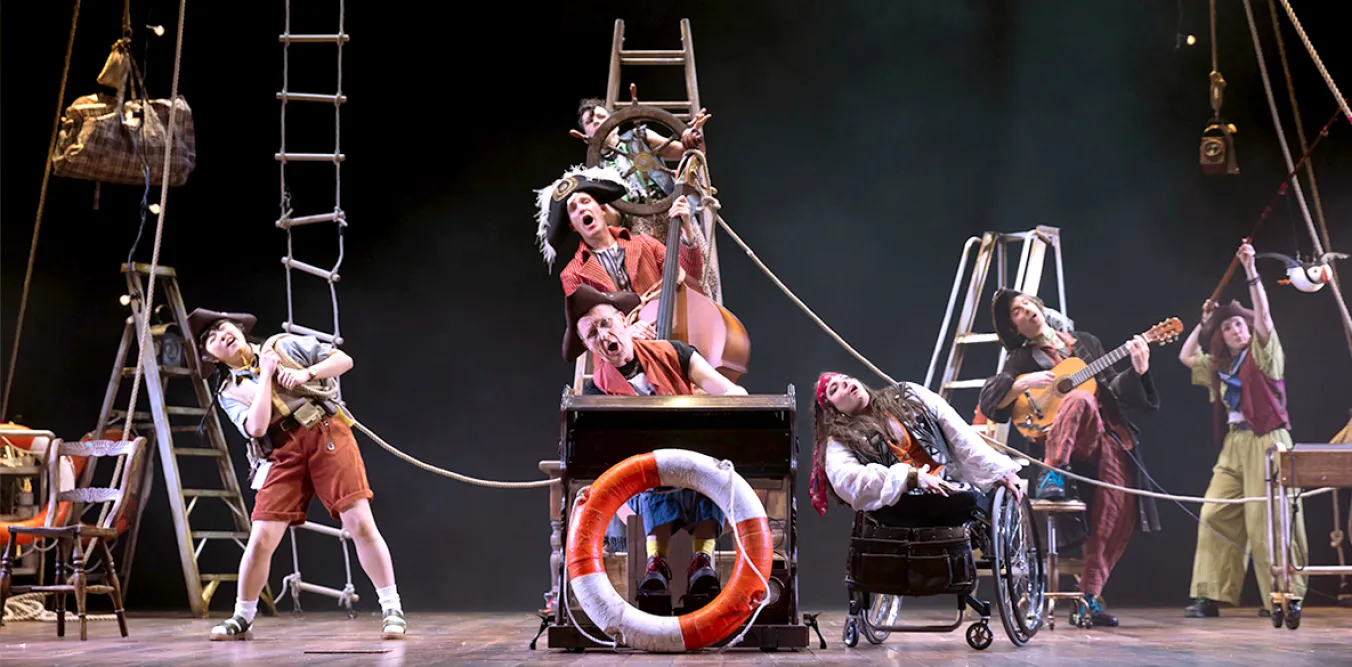
ANGUS REID applauds the inventive stagecraft with which the Lyceum serve up Stevenson’s classic, but misses the deeper themes
Similar stories
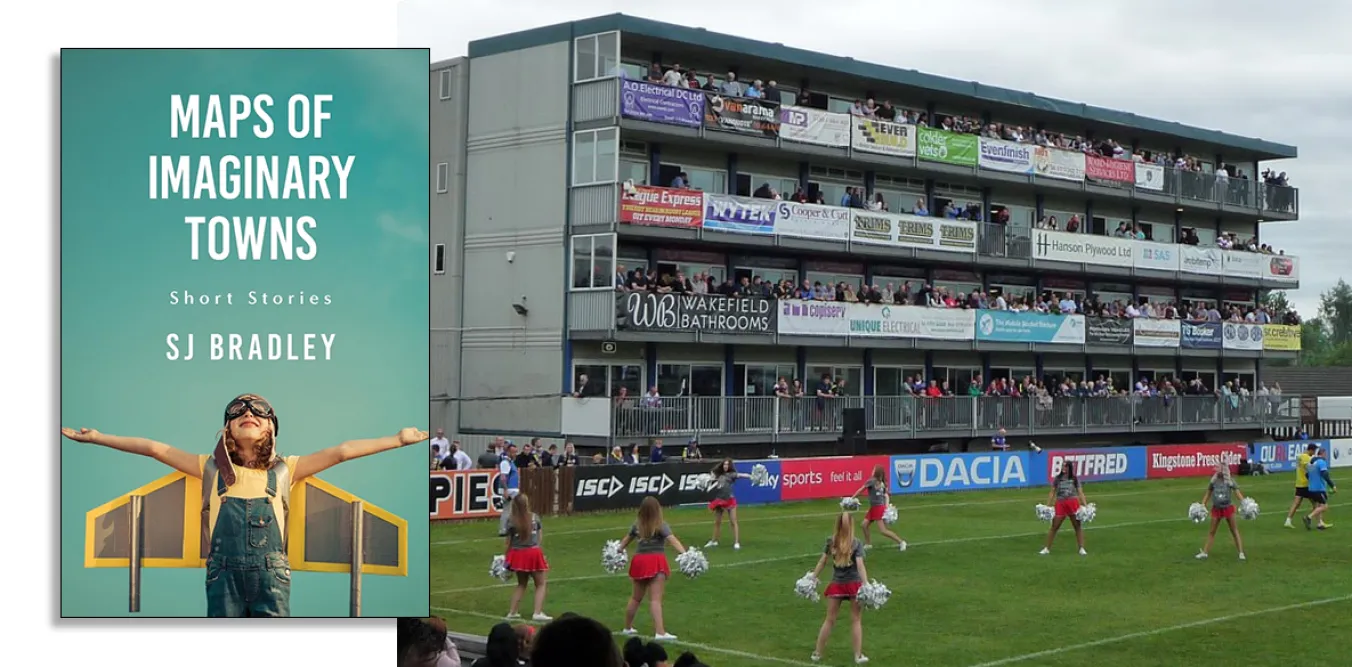
ANDY HEDGECOCK relishes a fine collection that demonstrates the short story’s relevance as entertainment, provocation and survival strategy
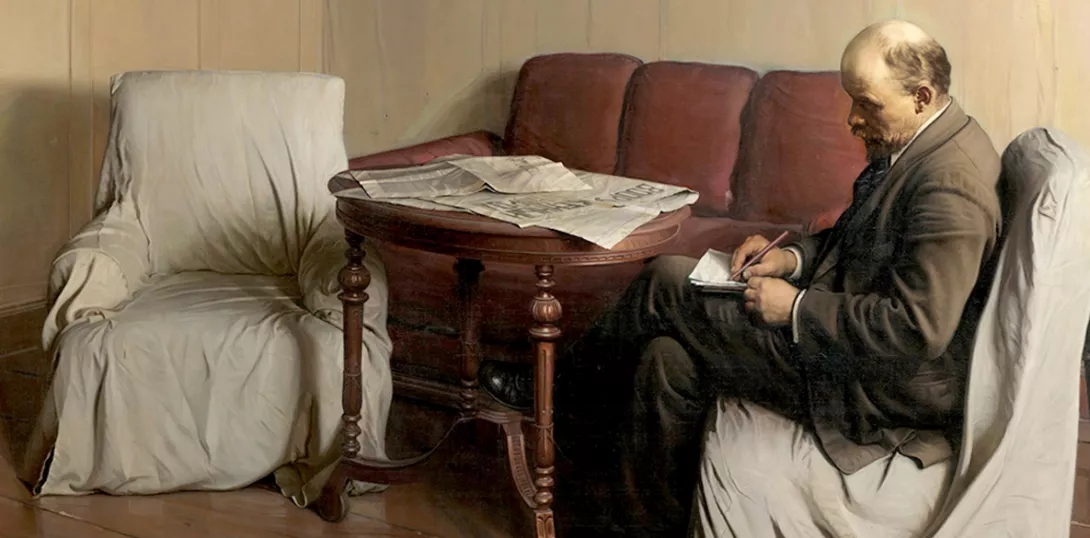
ANDY HEDGECOCK invites readers to contribute short fiction to our arts pages, offers some guidance and picks a few favourites
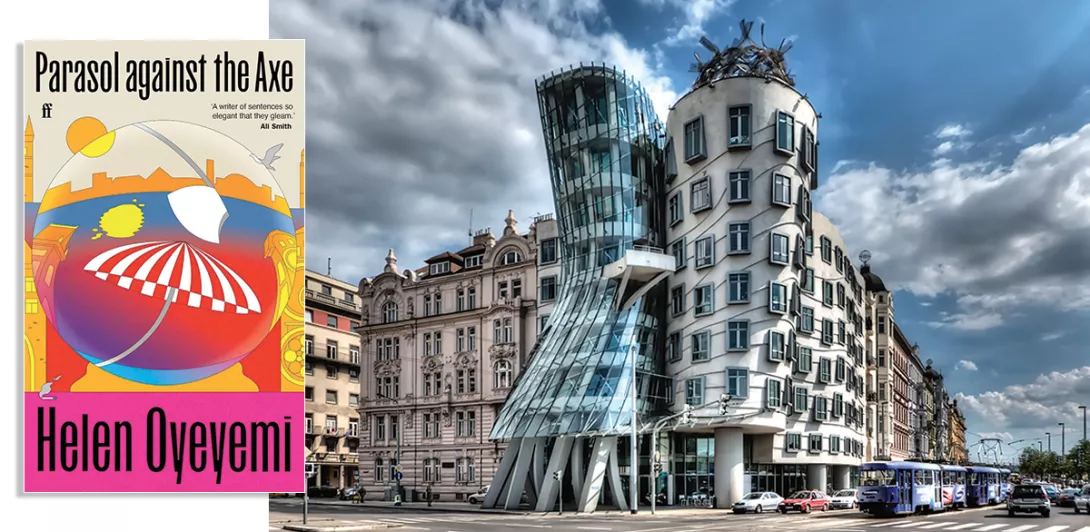
ANDY HEDGECOCK relishes a novel by a dazzling prose stylist and a subtle player of literary games

ANDY HEDGECOCK recommends a fiction that offers luminous insights into the complexities of being human


